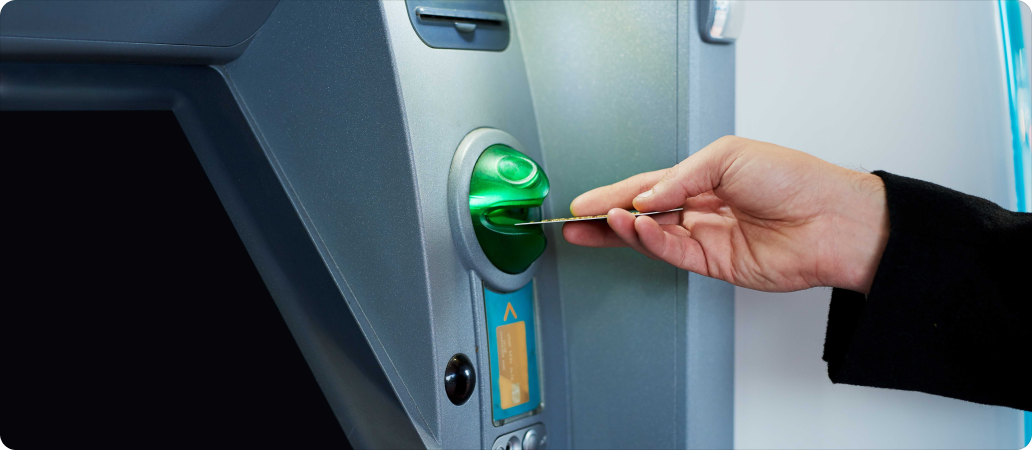ATMs exist as computerized terminals for banking customers to access their financial and non - financial operations through balance checks and cash withdrawals and transfers. The banking industry transformed its operations through ATMs by enabling the perpetual availability of banking products including cash access. Financial institutions impose daily withdrawal limits on ATM transactions to ensure secure and controlled financial activity. These limits vary depending on the bank and the type of card issued to the customer.
What is an ATM?
Automated Teller Machines (ATM) is a self-service teller machine which allows customers to execute financial and non-financial transactions offered by the bank. The primary function of the ATM is to dispense cash, apart from this ATM provides customers to perform other activities including financial transactions such as recharge, instant loan discharge, pay bill payments, etc and non-financial transactions such as balance inquiry, mini-statement, PIN change, etc.
ATM Withdrawal Limits
Withdrawal limits at ATMs form the basis for secure and efficient handling of cash-based financial transactions. Banks implement different withdrawal limits which depend on the combination of account types and debit card types of the customer. ATM withdrawal limits vary from Bank to Bank, typically it ranges from ₹10,000 to ₹1,00,000 per day, depending on the type of debit card. Premium debit cards offer significantly higher limits, which can go up to ₹3,00,000 or more, based on the specific card variant.
The ATM withdrawal limits for current account debit cards exceed standard limits of saving account. These card limits fit business financial needs by giving high spending options for withdrawals from ATMs.
Importance of ATM Withdrawal Limits
Various objectives are achieved through ATM withdrawal limitations.
1. These restrictions helps enhance security by limiting large unauthorized transactions, thereby offering protection against fraud and supporting risk mitigation.
Recent Changes in ATM Withdrawal Rules
The Reserve Bank of India imposes instructions on the number of free ATM transactions each month. These ATM transactions include financial as well as non-financial transactions. As per latest RBI circular dated March 28, 2025,
Customers are eligible for 5 free transactions (inclusive of financial and non-financial) in non-metro cities
3 free transactions (inclusive of financial and non-financial) in metro cities.
These limits are applicable to transactions on other Bank ATMs
ATM Transaction Charges
The charges for ATM transactions typically ranges from
₹17 to max ₹23 for financial transactions and
₹6 to max ₹7 for non-financial transactions.
Presently Unity Small Finance Bank does not levy any Transaction charges (until further notice, Please note: Unity Small Finance Bank reserves the right to modify or withdraw this waiver at its discretion.)
Managing ATM Withdrawal Limits
Customers who want to handle their ATM withdrawal limits effectively need to follow these steps.
1. Customers should keep track of their daily withdrawal activities to prevent exceeding their established limits. The process allows users to prevent charges and ensures all financial actions stick within the transaction ranges.
2. Choose the Right Card Through which you find your debit card matches your financial objectives. The selection of an appropriate card will provide the maximum withdrawal capacity together with the lowest cost structure.
Bank customers should develop alternate payment systems ahead of time, for making sizable cash purchases.
Conclusion
ATM withdrawal limit serves as a tool to maintain security, efficiency, and financial discipline. Account holders need to check the specific withdrawal limits set by banks as it differs from Bank to Bank depending on the type of Debit Card. Understanding these limits helps customers to make informed financial decisions, improve their ATM usage and avoid any unnecessary charges.



